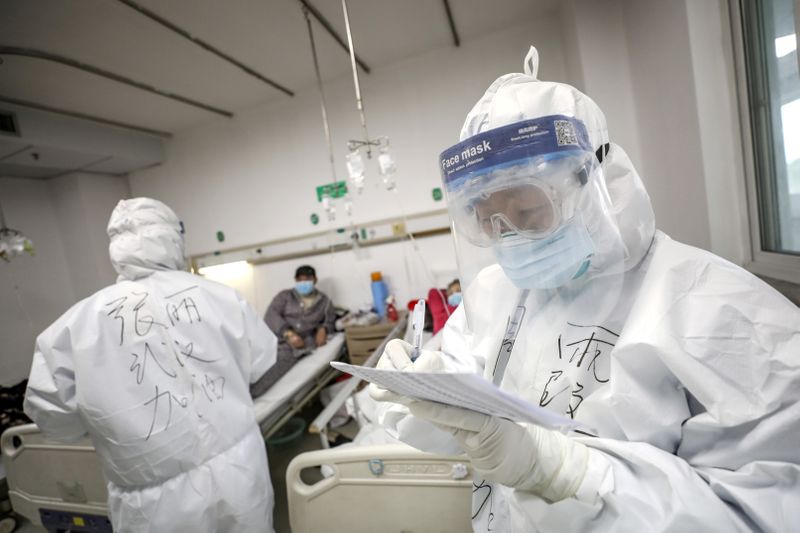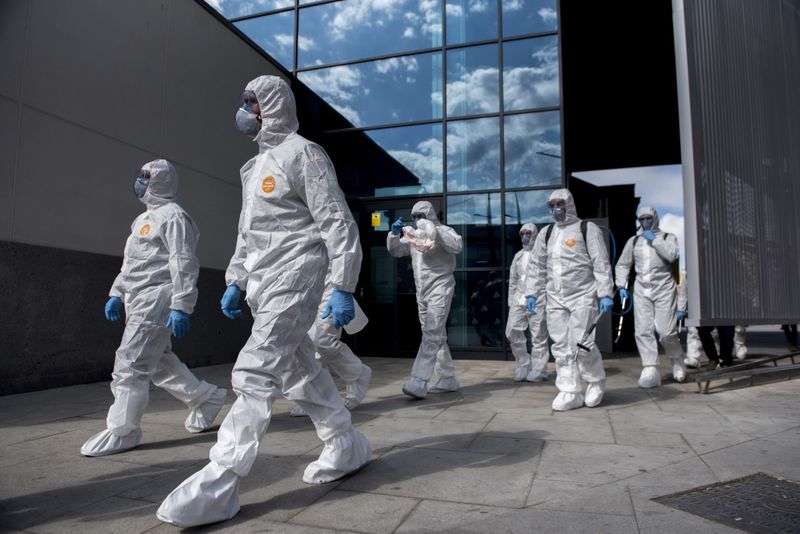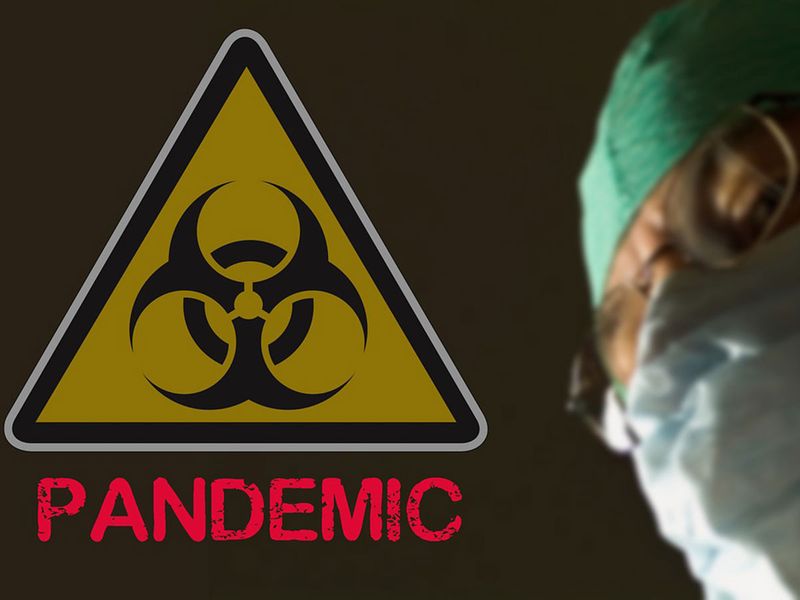1 of 7

2 of 7

3 of 7

4 of 7

5 of 7

6 of 7

7 of 7

Phrases such as 'social distancing' and 'barrier gestures' are now in vogue






